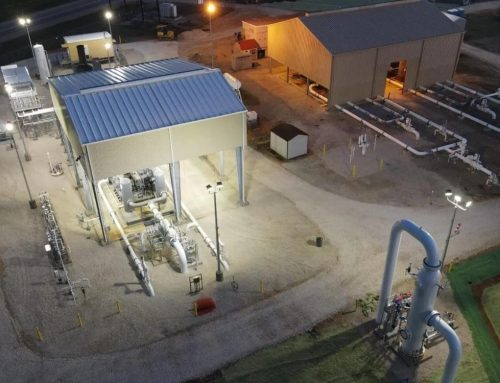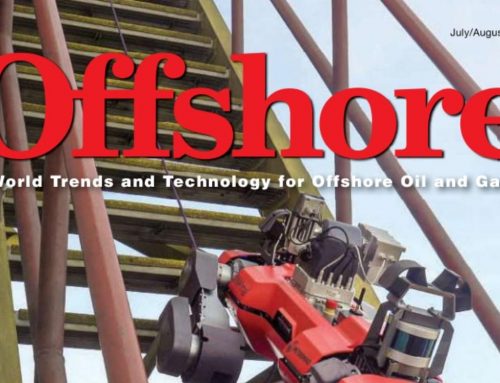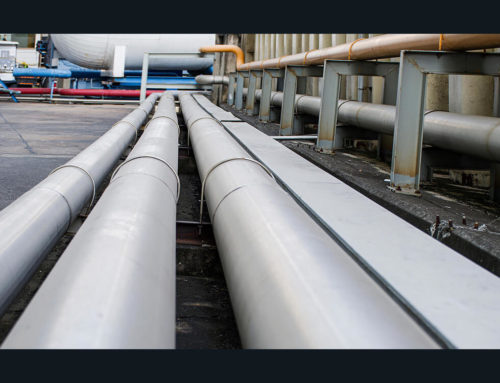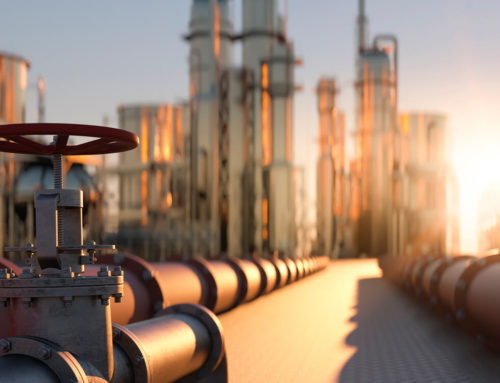EMD Capacity Control Options Centrifugal Compression
Presented by: Arnold Eisenstein
INTRODUCTION
Electric Motor Driven Gas Compressor Stations have become the default recommendation when planning a new or expanded station. This recommendation is to encourage control of carbon emissions in an “Environmentally Sensitive” area. The industry has turned to Electric Motor Drive (EMD) Compression to fill the gap while maintaining project goals.
There is generally no financial advantage of a fuel switch to electricity other than engine emissions and maintenance costs as electricity is generally more expensive than gas as a fuel source.. Break-even analysis for the different fuel sources is not the prime consideration to determine basic compression driver configuration.
EMD facilities offer operational advantages of enhanced reliability, reduced maintenance costs and equipment longevity. A typical well designed electric motor is replaced every 20 to 30 years whereas a typical natural gasfired turbine requires a major overhaul every 30,000 to 40,000 running hours (4 to 6 years) and an engine has a minor overhaul every 3,000 to 5,000 running hours (6 months to 2 years).
EMD CAPACITY CONTROL OPTIONS
This document provides a high level view of the design options for controlling and operating an EMD compressor and the design considerations to choosing the method.
Starting Method
Across the line starting is the simplest and best method for reliability and longevity of the electrical equipment. Costs for special electrical, electronic, or mechanical start systems and complexity of the design is avoided. There are different methods of starting an electric motor including capacitive, reduced voltage, electronic softstart and VFD. Older technologies include the pony motor assist start which uses a smaller motor, (typically rated at 10% of main motor rating) to accelerate the unloaded main motor to synchronous speed.
Equipment Limitations
Reciprocating compression is typically limited to 10,000 Hp due to compressor frame limitations and therefore the speed control is predominately accomplished by VFD; Centrifugal compression horsepower rating is limited only by operating and turndown limitations of the equipment with a practical limit in the 40,000 Hp range for a gas pipeline. Hydrodynamic drives are available from 5,000 Hp to 50,000Hp. Air cooled VFD Drives are available
from fractional Hp to 10,000 Hp; liquid cooled VFD Drives available to 35,000 Hp as a single channel.
Speed Control Equipment Selection Option
Centrifugal gas compressors rely on speed changes for capacity control and therefore a method of controlling compressor speed is required. Speed control is accomplished by either a VFD (variable frequency drive) with a speed increasing gear which varies the motor speed by varying the input frequency or a hydrodynamic gear which acts like a car (CVT) transmission adjusting the compressor speed.
VFD Efficiencies and Advantages
VFD Start/Control is used almost exclusively on compression units that are 1,200 Hp and smaller. Larger VFD frames are available and are competitive with other methods of starting and control. VFDs smaller than 5,000 Hp are air cooled. Generally, VFDs larger than 10,000 Hp are water cooled. Air cooled VFDs
require a cooling method for the electronic gear. Electronics cooling is typically handled by HVAC of the enclosure utilizing approximately 4% of the energy costs.
As electronic switchgear, the units are subject to obsolesce after several years based on improvements in the topology. A speed increasing gear is typically required for centrifugal compression units to match compressor impeller speeds. New high speed (supersynchronous) motors are being introduced into
compressor service to avoid the need for a speed increasing gear and the resulting efficiency loss. The efficiency of a VFD train typically equates to 95% across the speed range including the isolation transformer, VFD converter sections, and the fixed gear box.
At turndown speeds, the VFD maintains near constant efficiency. Care in the motor selection for use with the VFD needs to include auxiliary motor cooling and torque availability at reduced motor speeds. A VFD can start a motor with essentially no electrical in-rush above operating conditions. The power components of the VFD are more susceptible to power fluctuations. During periods of incoming power instability, of typically 2% the VFD may disengage and shutdown the system power. Space and real estate requirements for a VFD solution includes additional room for isolation transformer and the VFD Power modules.





